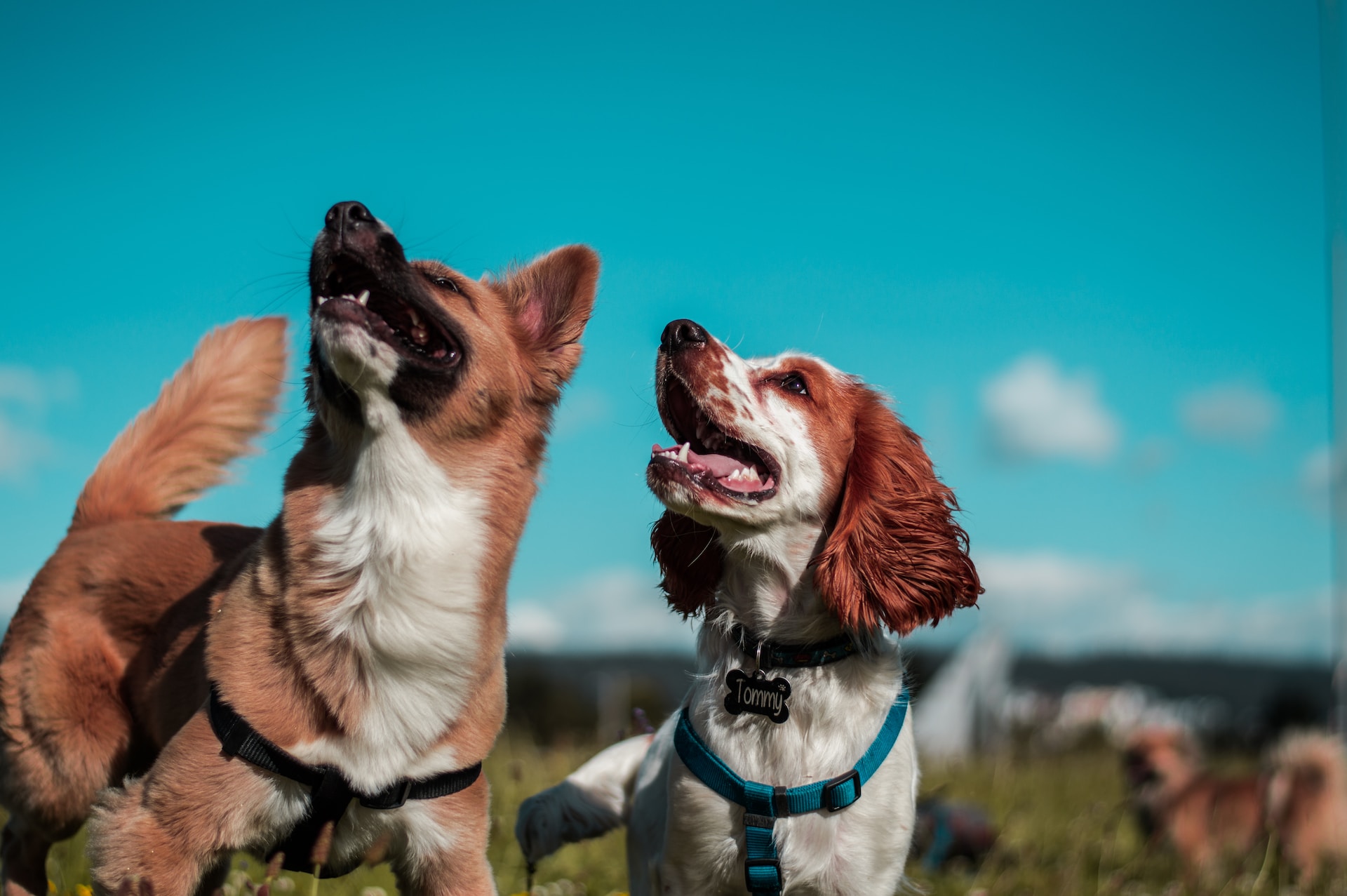Countless pet owners are distraught over their dog’s destructive behaviors, incessant barking, or even self-harm. These symptoms, though alarming, often stem from a profound bond and dependency the dog has developed with its owner, which is both a testament to the depth of their relationship and a challenge to address when it becomes problematic.
Let’s find out more about this behavioral issue that any dog can develop.
Table of Contents
Understanding Separation Anxiety
Nature of Attachment
At the heart of separation anxiety is the deep bond that dogs share with their human companions. Dogs are naturally pack animals; in domestic settings, their human family becomes their pack. Over time, they can form particularly strong attachments to specific individuals within the household. When separated from these individuals for a short or long interval of time, dogs may feel vulnerable or threatened, leading to the display of anxiety symptoms.
Physiological Response
Separation anxiety isn’t just a behavioral issue; it has a physiological component. When dogs are anxious, their bodies release stress hormones, such as cortisol. Elevated cortisol levels over prolonged periods can have detrimental effects on a dog’s health, affecting the immune system, gastrointestinal tract, and even cognitive abilities of dogs.
What are the Stages of Separation Anxiety?
Pre-Departure Anxiety: Some dogs can pick up cues that signal their owner’s departure, such as picking up keys or putting on shoes. Noticing these cues, the dog may become anxious even before the owner leaves.
Immediate Post-Departure: This is usually the peak of the anxiety and is when most destructive behaviors occur, typically within the first 30 minutes to an hour after departure.
Duration of the Absence: While some dogs may calm down somewhat after the initial post-departure period, others remain anxious and distressed throughout the entire duration of the owner’s absence.
Genetic Predisposition and Genetic Testing
There’s increasing interest in the role of genetics in canine behavior. Some breeds or individual dogs might be more predisposed to anxiety-related issues due to their genetic makeup. Dog genetic testing can offer insights into a dog’s lineage and breed-specific traits or predispositions. While genetic testing won’t provide a definitive answer about whether a dog will develop separation anxiety, it can give owners a better understanding of their pet’s inherent behavioral tendencies and potential challenges. This knowledge can be instrumental in preemptively addressing issues before they escalate.
Differentiating Between Separation Anxiety and Isolation Distress
While separation anxiety revolves around an attachment to a specific individual, isolation distress is a dog’s inability to stay calm while alone, regardless of who is with them. Some dogs are okay as long as there’s any human presence, while others specifically require their primary attachment figure. Understanding this distinction is important for implementing effective solutions.
Severity of Separation Anxiety
Separation anxiety can vary in severity:
Mild: The dog might show subtle signs like slight restlessness, panting, or drooling.
Moderate: Behaviors might escalate to pacing, whining, or light chewing.
Severe: At this stage, the dog might engage in destructive behaviors, attempt to escape, or even harm itself. They might also show signs of house soiling.
Causes of Separation Anxiety
Determining the root cause of the anxiety is the first step to address it effectively. Some potential causes include:
Change in routine: Dogs are creatures of habit. A change in their daily routine, like a shift in your work hours, can be unsettling for them.
Loss of a family member: This can be due to death or someone moving out. Dogs grieve too, and the absence of a close family member can trigger anxiety.
Moving to a new place: New environments can be overwhelming for dogs, leading to feelings of insecurity.
Traumatic events: Experiences like time spent in shelters or negative encounters can lead to heightened anxiety.
Age-related changes: Just as humans might face cognitive decline or dementia as they age, dogs can experience a similar phenomenon known as canine cognitive dysfunction, which can contribute to increased separation anxiety.
Solutions to Alleviate Separation Anxiety
Once we have a better grasp on the potential causes, it becomes easier to tailor interventions that can help alleviate the anxiety. Here are some strategies:
Desensitization and counter-conditioning: This is a process where you gradually get your dog used to being alone. Start with short separations and reward your dog for calm behavior, then slowly increase the time they’re left alone.
Establish a routine: As mentioned earlier, dogs thrive on routine. Keeping a consistent schedule for feeding, walks, and playtime can help your pet feel more secure.
Interactive toys: Toys like puzzle feeders or Kong toys filled with treats can keep your dog engaged and distracted while you’re away.
Avoiding emotional departures and arrivals: Making a big fuss when you leave or return home can heighten anxiety. Instead, aim for calm departures and greetings.
Training: Basic commands and obedience training can help instill confidence in your dog and reduce anxiety-related behaviors.
Professional help: In some cases, the anxiety might be too intense for you to manage alone. Consider hiring a professional dog trainer or behaviorist. In extreme cases, consult with a veterinarian (like myself) about potential pharmaceutical interventions.
Natural remedies: Some dog owners have found success using calming sprays, diffusers, or even CBD products designed for pets. Always consult with a veterinarian before introducing any new remedy to ensure it’s safe and appropriate for your pet.
Environmental enrichment: Making your home more engaging, with toys, climbing structures, and safe spaces, can make it a more comforting environment for your dog.
Consider a second pet: Sometimes, having another pet can help alleviate the loneliness. However, this isn’t a guaranteed solution and should be approached with careful consideration of both pets’ needs and personalities.
Final Thoughts
Watching a loved one – and yes, our pets are unequivocally loved ones – suffer from anxiety is heart-wrenching. However, armed with understanding and a strategic approach, we can help our canine companions navigate their feelings of separation anxiety and lead happier, healthier lives. Just as in all relationships, it takes patience, understanding, and consistent effort. But the joy and unconditional love a dog brings into our lives makes every effort worthwhile.










